| [1]Reach JS Jr,Dickey ID,Zobitz ME.Direct tendon attachment and healing to porous tantalum: An experimental animal study.Bone Joint Surg Am.2007;89(5):1000-1009.[2]Jonitz A,Lochner K,Lindner T,et al.Oxygen consumption, acidification and migration capacity of human primary osteoblasts within a three-dimensional tantalum scaffold.J Mater Sci Mater Med.2011;22(9):2089-2095.[3]Liu G,Wang J,Yang S,et al.Effect of a porous tantalum rod on early and intermediate stages of necrosis of the femoral head. Biomed Mater.2010;5(6):65-68.[4]于晓明,谭丽丽,杨柯.医用金属表面的钽涂层制备及其临床应用趋势[J].中国骨科临床与基础研究杂志,2013,5(2):115-119.[5]Wu L,Xu X,Wang L,et al.Study on cytocompatability and animal implantation test of foam SiC.J Inorg Mater.2010;25: 211-215.[6]吴琳,许兴祥,李波,等.泡沫碳化硅的生物相容性[J].材料研究学报,2008,22(1):58-62.[7]Stivastava S,Stephen DG.Screening of in cyto toxicity by the adhesive test.Biomaterials.1990;11(3):133-136.[8]Ersev H,Schmalz G,Bayirli G,et al.Cytotoxic and mutagenic potencies of various root canal filling materials in eukaryotic and prokaryotic cells in vitro.J Endod.1999;25(5):359-363.[9]Ingham E,Green TR,Stone MH,et al.Production of TNF and bone resorbing activity bymacrophages in response todifferent types of bone cement particles.Biomaterials. 2000;21(10):1005-1013.[10]Balla VK,Bodhak S,Bose S,et al.Porous tantalum structures for bone implants: fabrication, mechanical and in vitro biological properties.Acta Biomaterialia.2010;6(8): 3349-3359.[11]Mrosek EH,Schagemann JC,Chung HW,et al.Porous tantalum and poly-epsilom-caprolactone biocomposites for osteochondral defect repair:preliminary studies in rabbits.J Orthop Res.2010;28 2:141-148.[12]Findlay DM,Welldon NK,Atkins GJ,et al.The proliferation and ph- enotypic expression of human osteoblasts on tantalum metal.Biomaterials.2004;25(12):2215-2227.[13]Tsao AK,Roberson JR,Christie MJ,et al.Biomechanical and clinical evaluations of a porous tantalum implant for the treatment of Early-stage osteonecrosis.J Bone Joint Surg Am.2005;8 Suppl 2:22-27.[14]Bobyn JD,Hacking SA,Chan SP,et al.Characterization of a new poro us tantalum biomaterial for reconstructive orthopaedics.Presented as a scientific exhibit at the Annual Meeting of the American A cademy of Orthopaedic Surgeons, Anaheim,1999:4-8.[15]庞海涛,甘洪全,王茜,等.转化生长因子β1对多孔钽/MG63成骨样细胞复合物细胞增殖及分泌功能的影响[J]. 中国组织工程研究,2016,20(25):3680-3686.[16]任原.缺氧对多孔钽-人成骨细胞复合物细胞增殖、分泌功能及成骨基因表达的影响[D].河北联合大学, 2015.[17]张辉,王茜,赵阳,等.碱性成纤维细胞生长因子对国产多孔钽-软骨细胞复合物软骨细胞表型维持及去分化的影响[J].第二军医大学学报,2015,36(3):248-255.[18]Wei X,Zhao D,Wang B,et al.Tantalum coating of porous carbon scaffold supplemented with autologous bone marrow stromal stem cells for bone regeneration in vitro and in vivo. Exp Biol Med.2016; 241(6):592.[19]Tang Z,Xie Y,Yang F,et al.Porous tantalum coatings prepared by vacuum plasma spraying enhance bmscs osteogenic differentiation and bone regeneration in vitro and in vivo.PloS One.2013;8(6):e66263.[20]Cai F,Wu XT,Xie XH,et al.Evaluation of intervertebral disc regeneration with implantation of bone marrow mesenchymal stem cells (BMSCs) using quantitative T2 mapping: a study in rabbits.IntOrthop.2015;39(1):149-159.[21]Li Q,Wan W,Gao H,et al.BMSCs laden injectable amino-diethoxypropane modified alginate-chitosan hydrogel for hyaline cartilage reconstruction.J Mater ChemB.2015;3(9): 1990-2005.[22]Yazdimamaghani M,Razavi M,Vashaee D,et al.Porous magnesium-based scaffolds for tissue engineering.Mater Sci Eng C Mater Biol Appl.2017;71:1253-1266. [23]Li G,Cao H,Zhang W,et al.Enhanced Osseointegration of Hierarchical Micro/Nanotopographic Titanium Fabricated by Microarc Oxidation and Electrochemical Treatment.ACS Appl Mater Interfaces. 2016;8(6):3840-3852.[24]Wang H,Jiang Z,Zhang J,et al.Enhanced osteogenic differentiation of rat bone marrow mesenchymal stem cells on titanium substrates by inhibiting Notch3.Arch Oral Biol.2017; 80:34-40.[25]Chen X,Li M,Yan J,et al.Alcohol Induces Cellular Senescence and Impairs Osteogenic Potential in Bone Marrow-Derived Mesenchymal Stem Cells.Alcohol Alcohol.2017:1-9.[26]Li W,Xu R,Huang J,et al.Treatment of rabbit growth plate injuries with oriented ECM scaffold and autologous BMSCs. Sci Rep.2017;7:44140.[27]Abdallah BM.Marrow adipocytes inhibit the differentiation of mesenchymal stem cells into osteoblasts via suppressing BMP-signaling.J Biomed Sci.2017;24(1):11.[28]Gong X,Yu W,Zhao H,et al.Skeletal Site-specific Effects of Zoledronate on in vivo Bone Remodeling and in vitro BMSCs Osteogenic Activity.Sci Rep.2017;7:36129.[29]Du X,Huang F,Zhang S,et al.Carboxymethylcellulose with phenolic hydroxyl microcapsules enclosinggene-modified BMSCs for controlled BMP-2 release in vitro.Artif Cells Nanomed Biotechnol. 2017:1-14.[30]Qiu G,Shi Z,Xu HH,et al.Bone regeneration in minipigs via calcium phosphate cement scaffold delivering autologous BMSCs and platelet-rich plasma.J Tissue Eng Regen Med.2017.doi: 10.1002/term.2416. |
.jpg)
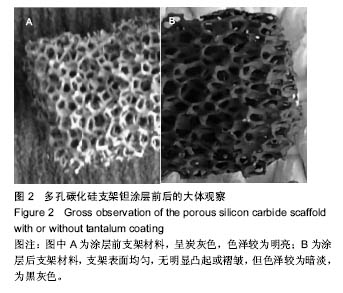
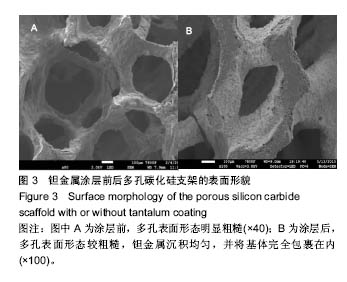
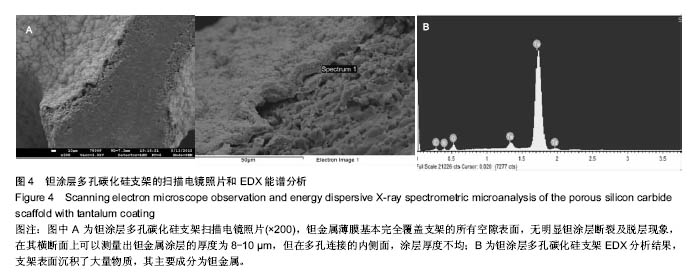
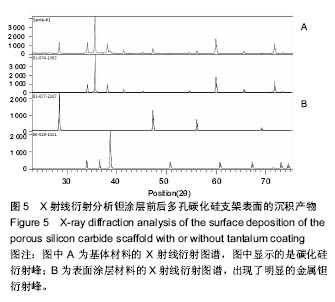
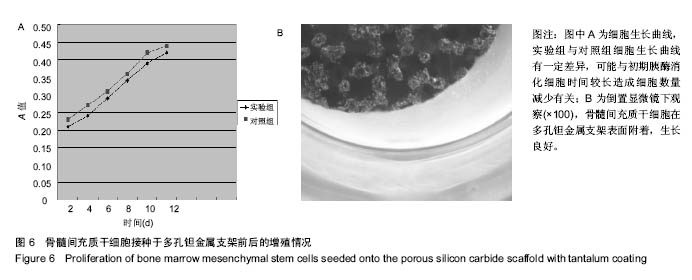

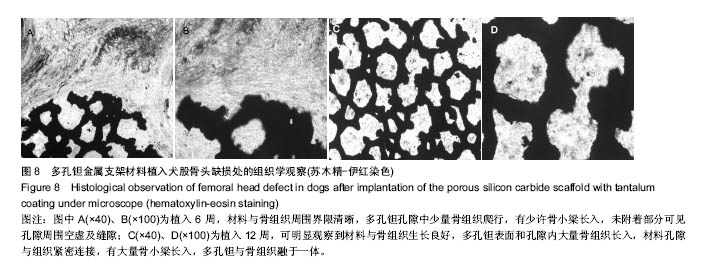
.jpg)
.jpg)